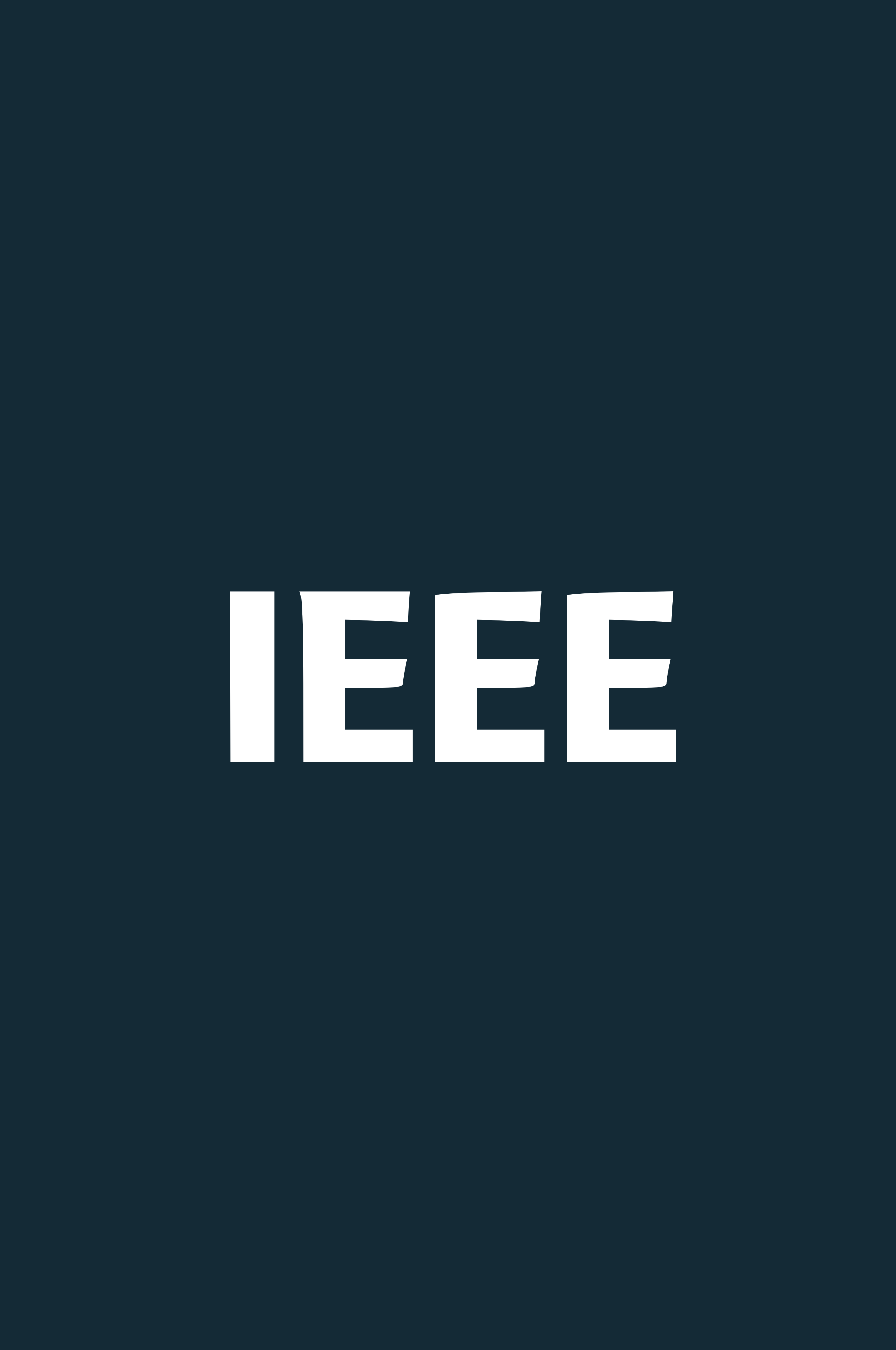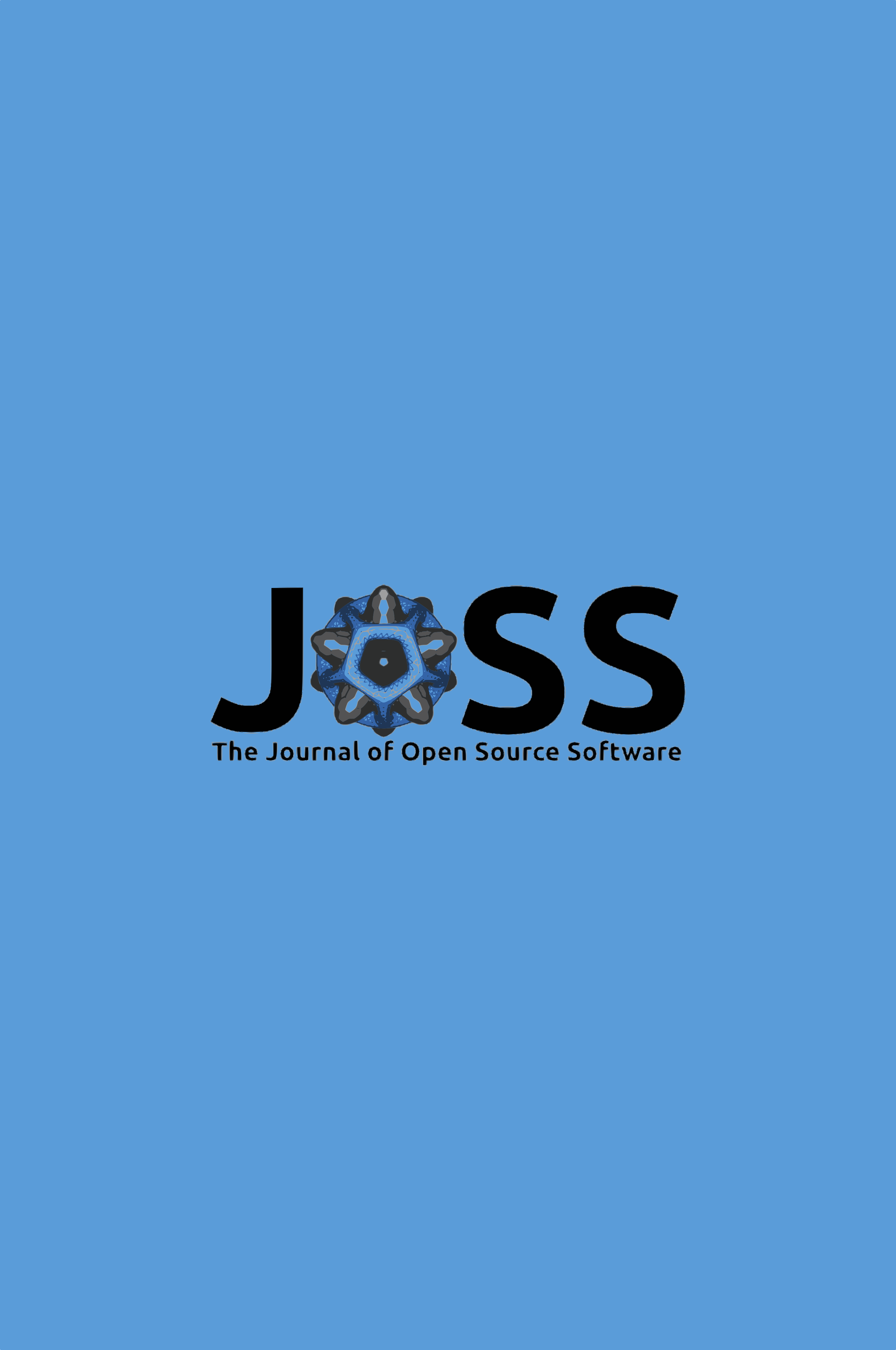
Blockchain technology is facing critical issues of scalability, efficiency and sustainability. These problems are necessary to solve if blockchain is to become a technology that can be used responsibly. Useful quantum computers could potentially be developed by the time that blockchain will be widely implemented for mission-critical work at financial and other institutions. Quantum computing will not only cause challenges for blockchain, but can also be harnessed to better implement parts of blockchain technologies including cryptocurrencies. We review the work that has been done in the area of quantum blockchain and hybrid quantum–classical blockchain technology and discuss open questions that remain.
Highlights- Lit review
- Comprehensive
- Cited by 43
$39.95

A quantum compiler is required to run a quantum circuit on a quantum computer, similar to how classical compilers are required to run programs on classical computers. Spin qubits are a promising candidate for scalable quantum computers. General-purpose quantum compilers can be used for spin qubit devices, however they do not consider additional constraints imposed due to Double-Quantum-Dot (DQD) readout. For DQD readout, when a qubit in an algorithm is measured, the compiler must remap and re-route it to be adjacent to a special-purpose readout qubit, which is preserved in a known state. Moreover, this should be done in a way that minimizes overhead and maximizes the fidelity, in particular, due to noise in the readout process. This work formulates readout constraints to extend SMT (Satisfiability Modulo Theory)-based layout synthesis techniques proposed in [1] to spin qubit architectures. We define a metric, readout depth, to quantify the overheads incurred. Preliminary results, obtained from benchmarking GHZ and variational quantum eigensolver circuits on architectures with grid topologies, highlight the algorithmic tradeoffs that arise. We expect ongoing work on scaling up the methods to a larger set of algorithms will help inform the decisions of spin qubit hardware designers.
$35.00

An effective, accessible abstraction hierarchy has made using and programming computers possible for people across all disciplines. Establishing such a hierarchy for quantum programming is an outstanding challenge, especially due to a proliferation of different conventions and the rapid pace of innovation. One critical portion of the hierarchy is the abstract machine, the layer that separates a programmer's mental model of the hardware from its physical realization. Drawing on historical parallels in classical computing, we explain why having the "right" quantum abstract machine (QAM) is essential for making progress in the field and propose a novel framework for evaluating QAMs based on a set of desirable criteria. These criteria capture aspects of a QAM such as universality, compactness, expressiveness, and composability, which aid in the representation of quantum programs. By defining this framework we take steps toward defining an optimal QAM. We further apply our framework to survey the landscape of existing proposals, draw comparisons, and assess them based on our criteria. While these proposals share many common strengths, we find that each falls short of our ideal. Our framework and our findings set a direction for subsequent efforts to define a future QAM that is both straightforward to map to a variety of quantum computers, and provides a stable abstraction for quantum software development.
Free

The unique features of the hybrid quantum-classical computing model implied by the specification of OpenQASM 3.0 motivate new approaches to quantum program verification. We implement a typed QASM 3.0 parser in TypeScript to enable implementations of verification and validation software, compilers and more. We also propose that a formal treatment of OpenQASM 3.0's type system in type theory notation may further facilitate formal verification. We highlight advancements in hybrid quantum-classical computing since the Quantum Hoare Logic to this end.
Highlights- Up-to-date discussion and implementation
- Peer reviewed
- Code provided
Free

The coherence of hole spin qubits in germanium planar heterostructures is limited by the hyperfine coupling to the nuclear spin bath due to 29Si and 73Ge isotopes. Thus, removing these nuclear spin-full isotopes is essential to extend the hyperfine-limited coherence times needed to implement robust quantum processors. This work demonstrates the epitaxial growth of device-grade nuclear spin-free 70Ge/28Si70Ge heterostructures on industrial SiGe buffers while minimizing the amounts of highly purified 70GeH4 and 28SiH4 used. The obtained 70Ge/28Si70Ge heterostructures exhibit a dislocation density of 5.3 x 10e6 cm-2 and an isotopic purity exceeding 99.99%, with carbon and oxygen impurities below the detection sensitivity, as revealed by atom probe tomography. Magnetotransport measurements on gated Hall bars demonstrate effective gate control of hole density in nuclear spin-free quantum wells. Negative threshold gate voltages confirm the absence of intentional doping in the wells, while Hall and Shubnikov-de Haas analyses yield consistent carrier densities (1.4 x 10e11 cm-2) and high mobilities (2.4 x 10e5 cm2/Vs). Mobility trends reveal interfacetrap- limited scattering and percolation concentration below 7 x 10e10 cm-2. These analyses, along with atomic-level studies, confirm the high quality of epitaxial 70Ge/28Si70Ge heterostructures and their relevance as a platform for long-coherence spin qubits.
Highlights- Novel characterization
- Novel material
Free

We suggest that the Quantum Honest Byzantine Agreement (QHBA) protocol [1] essentially reduces consensus to coincidence. The volume of coincidence is the parameter that drives a receiver to echo its input. A lack of coincidence results in no output from a receiver. This is a similar mechanism therefore to the learning mechanism in cognitive modular neural architectures like Haikonen's architecture [2]. We introduce a simple feedback mechanism and quantum neuron to realize a hybrid quantum / classical machine learning network of simple nodes.
Highlights- Novel algorithm
Free

One of the most exciting quantum emulation [1] breakthroughs was the first analog signal-based emulation of a universal quantum computer [2]. This yielded a very interesting paper, but no practical use - even for theorists. The reason for this was that a signal duration of the approximate age of the universe (13.77 billion years) could accommodate only about 95 qubits. We propose a new scheme with the following properties: 1) a pair of oscillators or sinusioidal wave sources must be sufficient to emulate n superimposed states with the ability to be identifiably mixed or entangled, 2) the time required to perform a measurement of a state must not scale poorly with the complexity of the state, 3) a fixed set of hardware components must be sufficient to emulate a system of a significant number of qubits, and 4) at least as much must be knowable about an emulated quantum state as is expected to be measurable in a theoretical quantum computing system. We achieve a design whose time complexity scales favourably based on a new method of encoding quantum information into classical signals, but only anticipate the feasibility of encodings of up to 20 qubits with modern electrical hardware.
Highlights- Explicit circuit diagrams
- Code provided
- Cited research
Free

IBM has developed a quantum assembly (QASM) language particular to gate model quantum computing since 2017 [CBSG17]. Version 3.0 which adds timing, pulse control, and gate modifiers is currently undergoing finalization in 2023 [CJA+21]. In a similar vein, Pakin of Los Alamos National Laboratory published a quantum macro assembler (QMASM) for D-Wave quantum annealers in 2016 [Pak16]. This assembler specifically targets quantum annealers like D-Wave's. A comparable technology that targets continuous-variable (CV) quantum computing is the Blackbird language developed by Xanadu since 2018 [KIQ+19]. We implement parsers for each of these languages in TypeScript with a singular approach. In the cases of Blackbird and QMASM these are the first parser implementations that are web compatible and so bring these languages to a new audience and to new runtimes. This makes the parsing and execution of QMASM, QASM and Blackbird possible in web and mobile environments that don't have access to heavy compile toolchains, enabling adoption and scientific research.
Highlights- Earned honourable mention in the 2019 Xanadu Software Competition
- Details software packages downloaded ~700 times per year
- Code provided
Free
